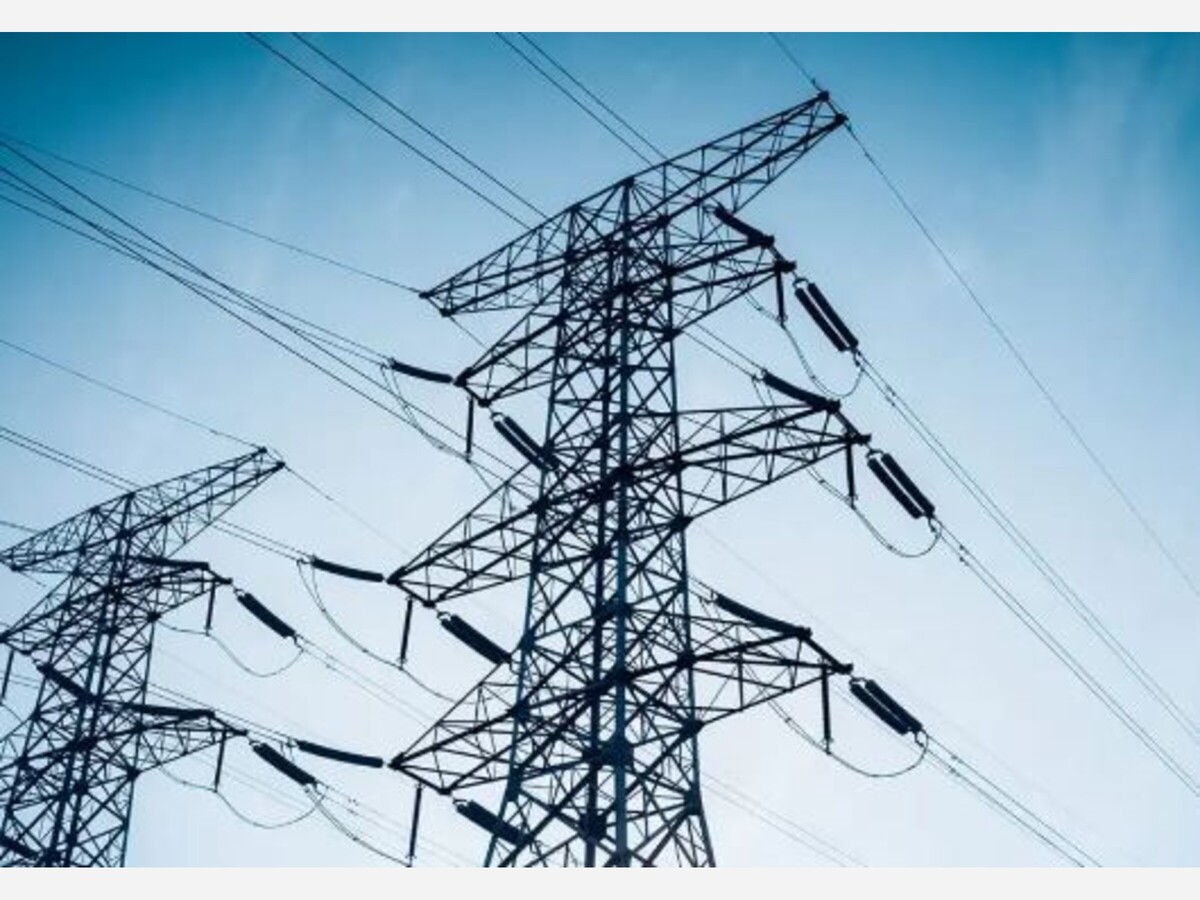Image

by Bruce Mohl, CommonWealth Beacon
September 5, 2024
THE PEOPLE WHO RUN the New England power grid always want to have enough electricity on hand to cover peak demand periods. Otherwise, something has to give.
For years, the peak demand periods have occurred during the summer months and the amount of electricity needed has remained fairly steady and predictable. But a new study indicates all that’s going to change over the next 25 years, creating headaches for the grid operator, ISO New England, and challenges for policymakers seeking to address climate change.
The first big change is expected to come in the 2030s, when peak demand for electricity from the power grid will shift to the winter months instead of the summer months. The change is expected to come about as businesses and homeowners begin using electricity to heat the buildings where they work and live.
A winter peak raises challenges because winter weather is more variable. The ISO study suggests the amount of electricity needed during the winter months could vary by as much as 11.4 gigawatts by 2040 and as much as 20 gigawatts by 2050. The huge difference means the grid operator has to plan for the much larger number knowing that most of the time all that power won’t be needed.
The ISO study, which took two years to complete, estimates New England will need to build 97 gigawatts of total new renewable electricity capacity by 2050 to achieve the region’s reduced emission goals.
“While rates of renewable additions are accelerating, the region will need to add roughly 18 times its current combined capacity of wind, solar, and batteries within the next 25 years to achieve state emissions goals,” according to the report. “The region’s current renewable capacity was built almost entirely over the last two decades, and the necessary additions require significantly more capacity in only two and a half decades.”
The embrace of wind and solar energy, and the move away from power plants that run on fossil fuels, means the region’s power grid will become more weather-dependent. The study warns that at times of low wind and solar power generation the grid may not be able to produce enough energy to meet demand.
The problem is likely to be most severe in the winter and summer. As the report points out, demand for electricity is lower in the spring and fall because temperatures are milder. Electric vehicle charging also requires more energy in the winter.
Seasonal differences also crop up in clean energy production. “Winters tend to be windy, but less sunny, while summers tend to be sunnier, but less windy,” according to the report. “Spring and fall tend to be moderately sunny and windy. Together, these trends mean intermittent resources can more easily meet demand in the shoulder seasons, which will significantly decrease or eliminate emissions during these months. While it would be useful to take excess energy from the spring and fall and shift it to the summer and winter, this would require vast quantities of energy storage. Given current technology, achieving this quantity of storage is unlikely to be economical.”
At some point in the future, the study suggests, policymakers will have to make some tough choices about meeting electricity demand in the winter and fall. Continuing to add renewable wind and solar resources to the grid is a possibility, but that will gobble up large swaths of the ocean and land and the resources are likely to sit idle for much of the spring and fall when demand for electricity is lower.
Another option would be to sell surplus electricity generated in the fall and spring to a neighboring market like Quebec, allowing the province to save its hydro power for the summer and winter months when any surplus could be sold to New England.
There’s also the possibility of deploying other types of clean energy that could be turned on and off when needed. The ISO report mentions small modular nuclear reactors as one possibility, and running carbon-free synthetic natural gas through the existing pipeline structure as another option. The idea in both cases is to avoid the buildout of wind and solar farms that would sit idle for parts of the year.
All of these scenarios would be complicated to pull off, particularly with energy markets that right now are driven largely by price. The report hints that existing electricity markets overseen by the grid operator may need to change to accommodate a clean energy future.
“Fossil fuel-burning resources may also be more competitive than zero-carbon fuels like synthetic natural gas under current market structures,” the report notes. “Absent a carbon price or a renewable energy credit for the zero-carbon fuel, the zero-carbon fuel may be less economical than carbon-emitting fuels.”
This article first appeared on CommonWealth Beacon and is republished here under a Creative Commons license.
